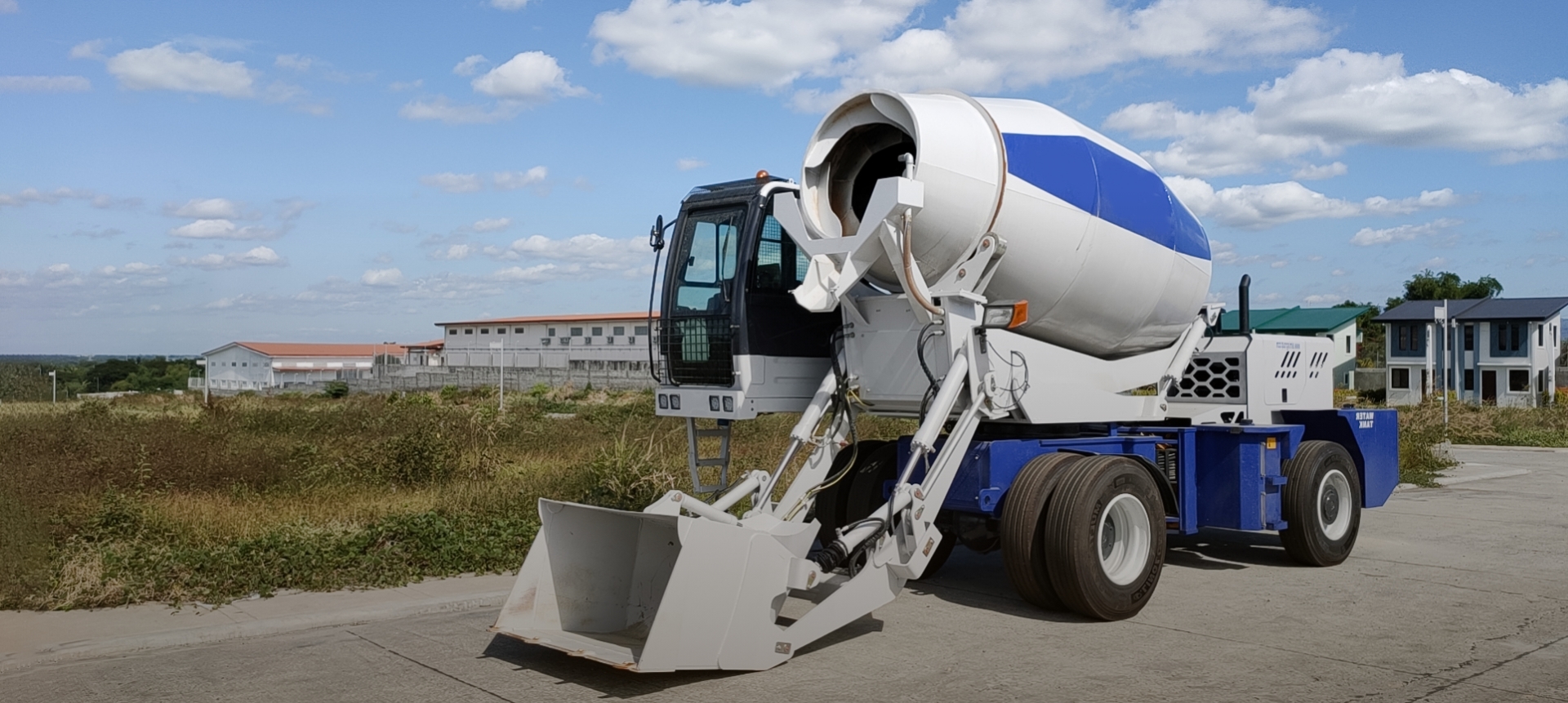In the construction industry, efficiency and productivity are paramount. The self-loading concrete mixer with a pump is an innovative solution that combines the functions of a self-loading mixer and a concrete pump. This article provides a comprehensive guide to the types of self-loading concrete mixers with pumps, selection considerations, and maintenance tips.
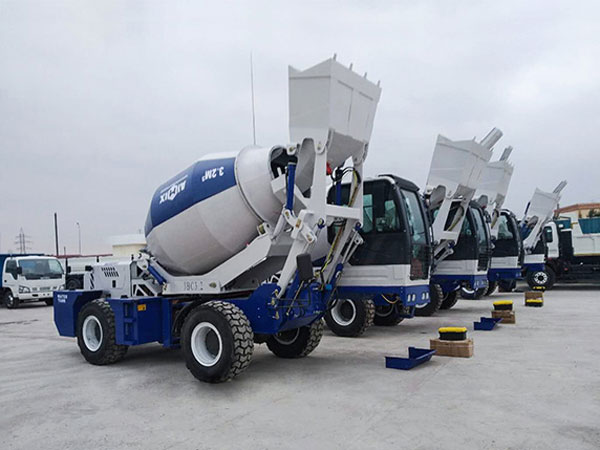
Types of Self-Loading Concrete Mixers with Pumps:
a) Truck-mounted Self-Loading Concrete Mixer with Pump: This type of self-loading mixer with a pump is mounted on a truck chassis, providing mobility and flexibility. It allows for easy transportation of the mixer to different construction sites, making it ideal for projects requiring frequent relocation.
b) Trailer-mounted Self-Loading Concrete Mixer with Pump: Unlike truck-mounted mixers, trailer-mounted self-loading mixers with pumps can be towed by a vehicle. They offer similar functionality but provide more versatility in terms of maneuverability and access to challenging job sites.
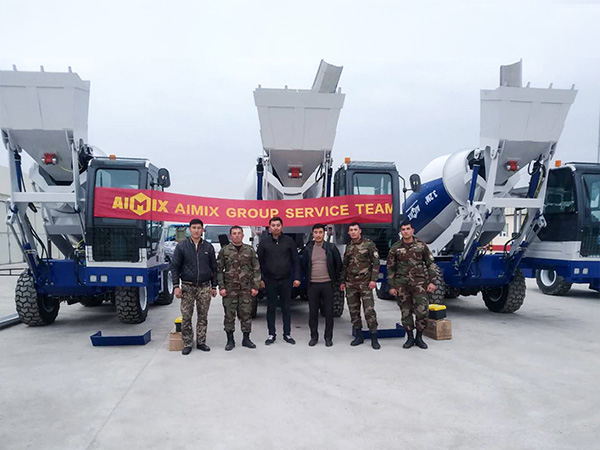
Selection Guide: When choosing a self-loading concrete mixer with a pump, consider the following aspects:
a) Capacity and Output: Assess your project’s requirements in terms of concrete volume and delivery rate. Select a model that offers the appropriate capacity and output to ensure efficient and timely concrete production and placement.
b) Pumping Distance and Height: Evaluate the maximum distance and height at which the concrete needs to be pumped. Choose a self loading mixer that can meet these specific requirements to ensure seamless concrete placement, even in tall structures or remote locations.
c) Mixing Performance: Consider the mixing performance of the machine, including the mixing drum capacity, rotation speed, and mixing time. Opt for a mixer that can consistently produce high-quality concrete with the desired consistency and homogeneity.
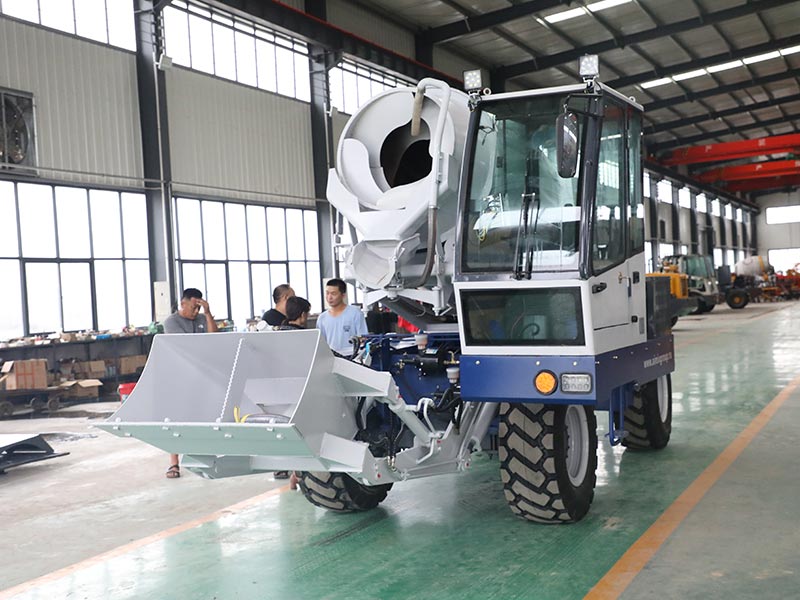
d) Power Source: Determine the availability of power sources on your construction sites. Self-loading mixers with pumps are available in electric or diesel-powered options. Choose the appropriate power source based on your site’s requirements and operational costs.
e) Control System and Automation: Look for mixers with user-friendly control systems and automation features. Advanced control systems simplify operation, enhance safety, and improve overall productivity.
f) Manufacturer Reputation: Research reputable manufacturers known for producing reliable and durable self-loading concrete mixers with pumps. Consider factors such as their track record, customer reviews, after-sales support, and availability of spare parts.
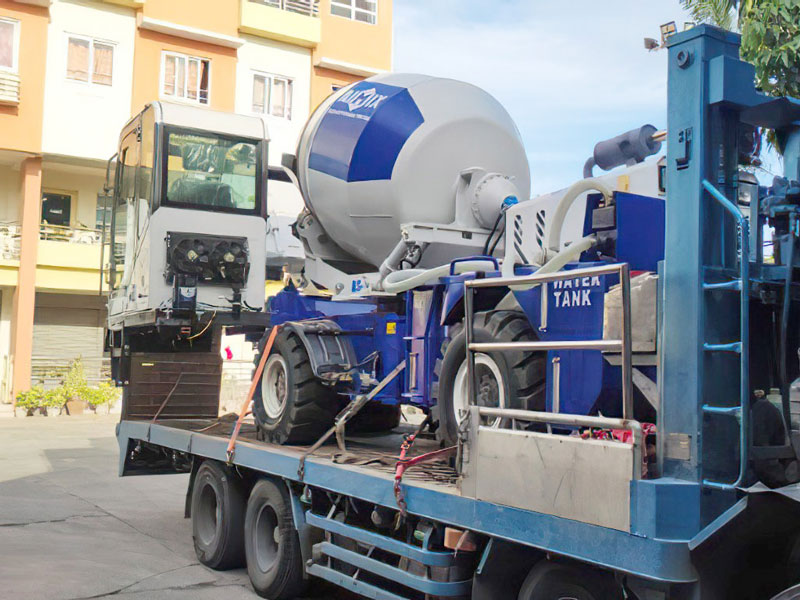
Maintenance Tips: To ensure optimal performance and longevity of your self-loading concrete mixer with pump, follow these maintenance tips:
a) Regular Inspection and Cleaning: Conduct routine inspections to identify any signs of wear, damage, or leaks. Clean the equipment thoroughly after each use to prevent concrete buildup and maintain functionality.
b) Lubrication: Keep all moving parts well-lubricated according to the manufacturer’s recommendations. Regularly check and replenish lubricants as needed to reduce friction and prevent premature wear.
Safety Considerations: When using a self-loading concrete mixer with a pump, prioritize safety by:
a) Adhering to Safety Guidelines: Follow all safety guidelines provided by the manufacturer and regulatory authorities. Ensure operators are trained in safe operating procedures, including proper use of personal protective equipment (PPE).
b) Maintaining Clear Communication: Establish clear communication protocols between the operator, ground workers, and other personnel involved in the concrete placement process. This helps prevent accidents and ensures coordinated operations.
c) Monitoring Stability: Regularly check the stability of the machine during operation, especially when extending the boom or working on uneven terrain. Avoid overloading the machine and adhere to weight restrictions to maintain stability and prevent tip-overs.
d) Emergency Preparedness: Have emergency response plans in place, including protocols for addressing potential hazards, handling equipment malfunctions, and providing first aid. Keep fire extinguishers and other necessary safety equipment easily accessible.
Operational Efficiency and Cost Savings:
Investing in a self-loading concrete mixer with a pump offers several operational and cost-saving advantages:
a) Time Efficiency: The combined functionality of a self-loading mixer and a pump eliminates the need for additional equipment and processes, such as, wheel loader, concrete pump, etc. It reduces manual labor, accelerates concrete mixing and placement, and enhances project timelines.
b) Labor Optimization: By streamlining the concrete mixing, loading, and pumping process into one machine, fewer personnel are required on-site. This results in labor cost savings and allows for efficient resource allocation.
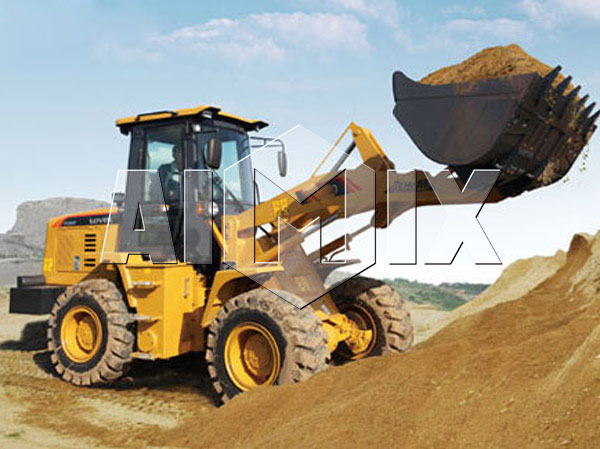
c) Material Savings: The precise control over concrete output provided by a self-loading mixer with a pump minimizes material wastage. It ensures accurate mixing ratios and allows for on-site customization of the concrete mix, optimizing material usage.
d) Versatility and Reach: Self-loading mixers with pumps offer greater versatility in terms of accessing difficult-to-reach areas, such as elevated heights or long distances. This flexibility reduces the need for additional equipment and simplifies concrete delivery to various project locations.
e) Reduced Dependency on External Suppliers: Owning a self-loading mixer with a pump provides greater control over the concrete supply chain. Construction companies are less reliant on external suppliers, ensuring a constant and uninterrupted flow of concrete, even in remote or challenging locations.
Investing in a self-loading concrete mixer with a pump is a smart choice for construction professionals seeking improved efficiency, productivity, and cost savings. By carefully considering the types available, following proper maintenance practices, prioritizing safety, and leveraging the operational benefits, such as time efficiency and reduced labor costs, construction companies can optimize their concrete mixing and placement processes. With its versatility and convenience, the self-loading concrete mixer with a pump proves to be a valuable asset in achieving successful project execution.
